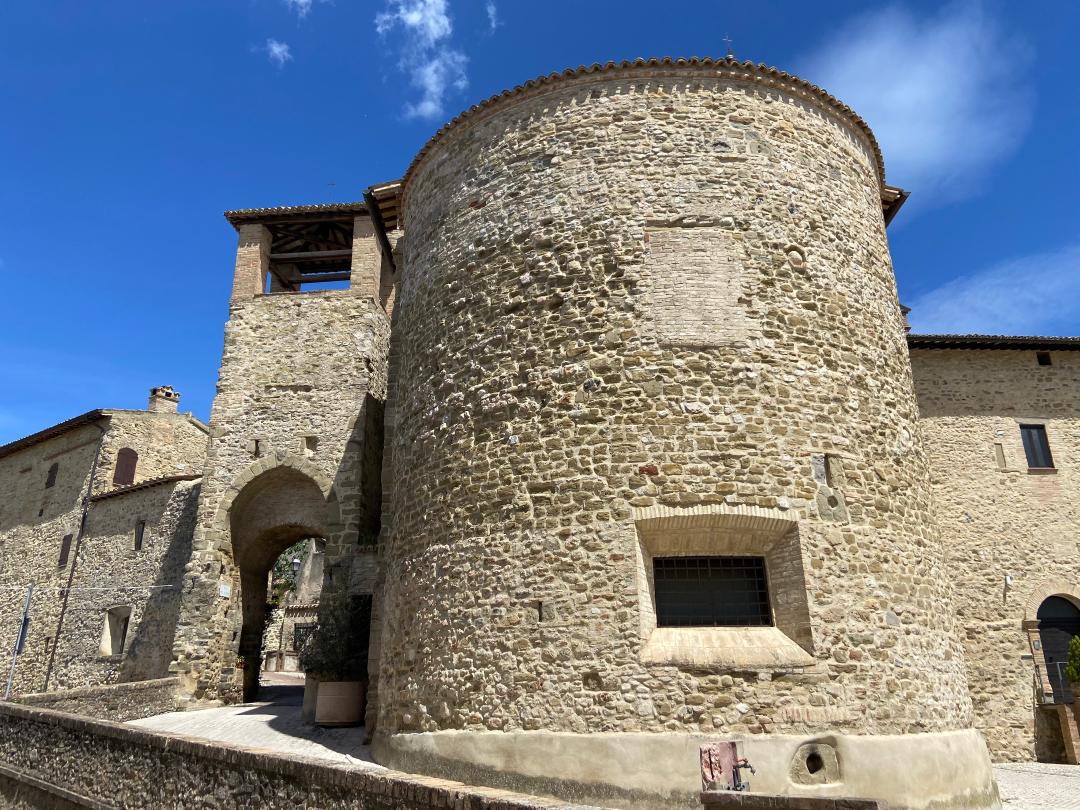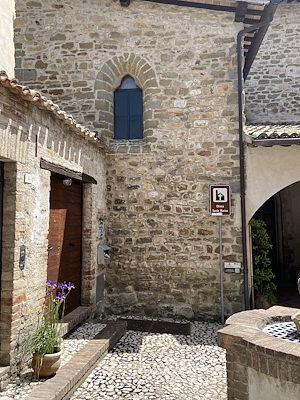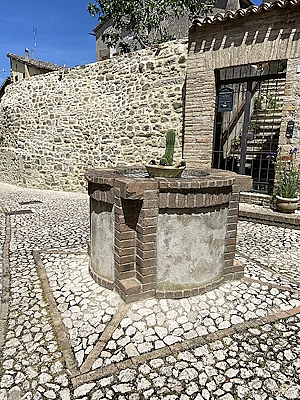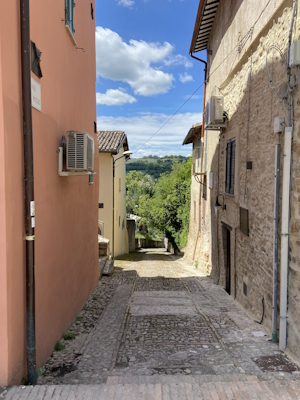HISTORY
Many archaeological finds (inscriptions, amphorae, coins) bear witness to the fact that the territory was inhabited in the Roman Age. In the 11th century Castel Ritaldi, Colle del Marchese and Castel San Giovanni made up an area called "Normandia" that included many castles. Between the 12th and 15th centuries these castles were involved in the vicissitudes that saw Imperial power counterpoised against the power of the Papal States, until they were finally dominated by the latter. In 1499 Castel Ritaldi was visited by Lucrezia Borgia, who at that time was the Governor of Spoleto, to testify the castle's loyalty to Spoleto. Annexation by the Duchy of Spoleto finished in the 15th century when the town became a possession of the papal States, until the creation of the Kingdom of Italy.
ART AND CULTURE
In the historical centre, apart from the Castello (13th century) and the oldest part that preserves its medieval structure, other monuments worthy of a visit are the parish church of Santa Marina, built between the 14th and 15th century, that contains the Madonna della Misericordia, an excellent work of art by Lattanzio di Nicolò Alunno (1512), and an interesting fresco by Tiberio d'Assisi; the church of San Nicola, with a 1486 portal and a fresco by the school of Lo Spagna; and the church of San Quirico where the Lex Spolentina (or Lex Lucaria) was found, an archaeological find from the Roman Era. It is a document, now preserved in the Municipal Museum of Spoleto, prohibiting the felling of trees from the sacred wood of Jupiter. In the vicinity, just outside the town and worthy of a visit, is the Parish church of San Gregorio (1141), a Romanesque building with unusual bas-relief decorations that are completely different to any others in Umbria: they are found on the facade and on the embedded arches of the portal, and the arched lintels are decorated with flora intertwined with monstrous figures. Also of interest is the sanctuary of Madonna della Bruna, erected on the banks of the Tatarena Stream in the hamlet of the same name, which is a jewel of Renaissance architecture with its splendid facade, single Latin-cross nave and three apses of equal dimensions. Close to La Bruna is Castel San Giovanni, a fortification built in 1376 by Cadrinal Albornoz that has round and square corner towers.






























